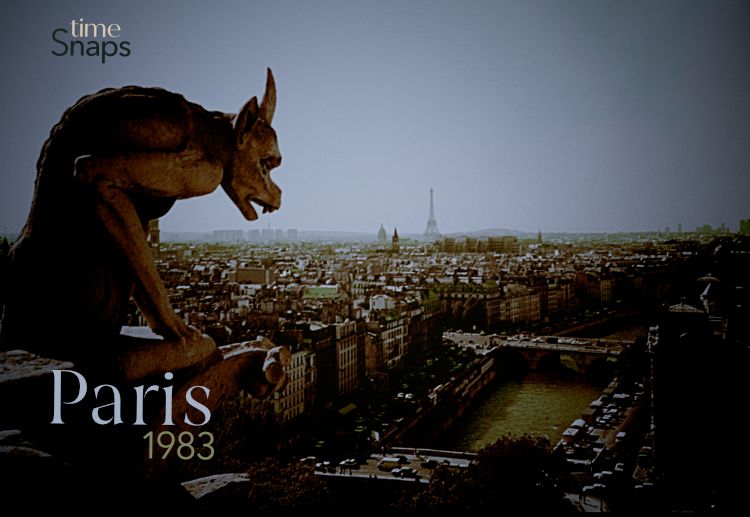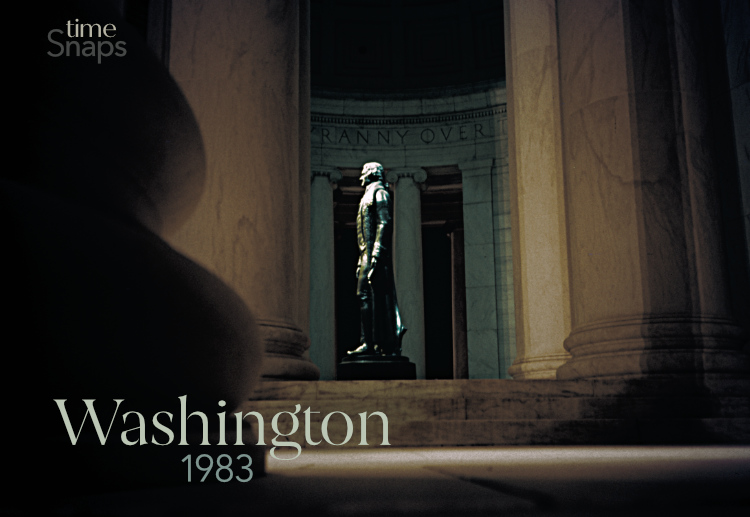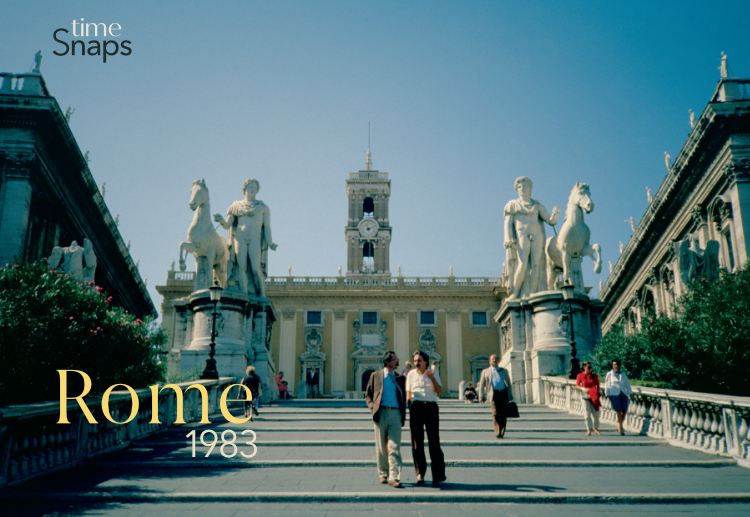
exploring place and time
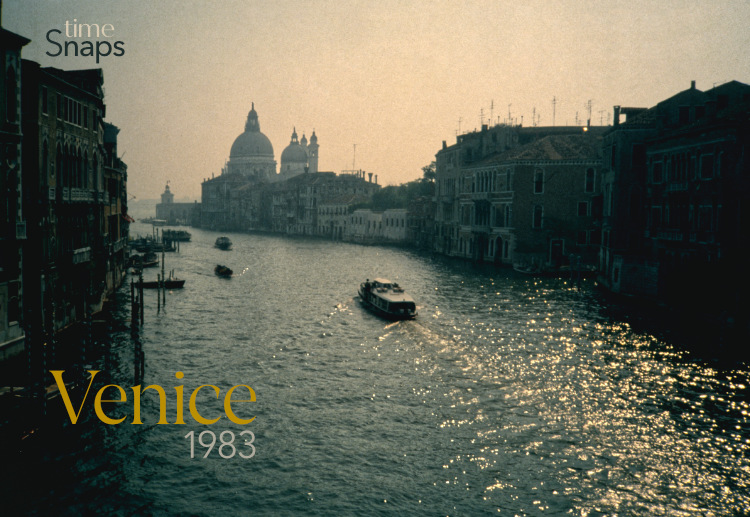
Serenissima Repubblica di Venezia
From the early 400s, as the Western Roman Empire collapsed, Germanic barbarians swept across north-east Italy. Attila the Hun led a group that sacked several Roman cities across the Veneto region.
Seeking sanctuary, many Veneti retreated to islands within lagoons along the Adriatic coast. The initial Veneti settlement within the Laguna di Venezia, established on Torcello during 452, was the parent community from which the Serenissima Repubblica di Venezia eventually emerged during 697.
Initially, Veneti settlements were supported by fishing and harvesting salt. Gradually, trading salt, then other merchandise, generated increasing wealth. By building the volume of goods flowing through its ports and warehouses, the Repubblica grew into an extraordinarily wealthy and powerful trading state.
By 1489, the Venetian empire was at its peak – stretching from Cyprus to Dalmatia, and from Istria (Croatia) to the Alps.
With a population of some 180,000, Venice became the third-largest city, and largest financial centre, in Europe.
Devastating plague epidemics, and ongoing battles with the Turks, forced Venice to concentrate its diminishing resources on defending its home territory. While the late 1700s saw the Repubblica at its cultural peak, it was a political and military shadow of its former self. Confronted by Napoleon, Venice capitulated without resistance.
Napoleon gave Venice to the Austrians. During 1866, the Habsburgs withdrew, leaving Venice to become part of the newly created kingdom of Italy.
The fall of the Repubblica precipitated an economic decline. After the Second World War, tourism grew as an increasingly important source of wealth for the city.
Venice’s future is critically dependent on solving environmental issues, particularly rising sea levels, and the growing pressures from an ever-increasing volume of tourists.
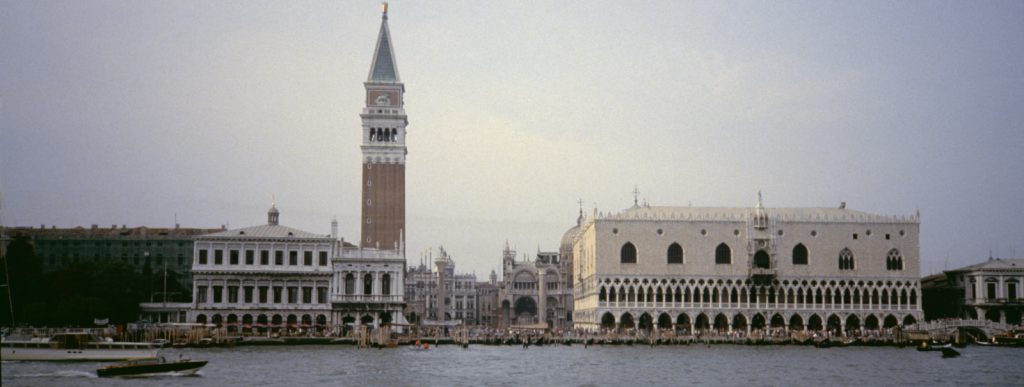
creating a photo-book series
Venice 1983 is the first title in Make Books Australia’s planned timeSnaps series. It draws on part of a 1,500 image archive – photos taken by the author during a three-month round-the-world trip.
Photos in Venice 1983 were taken during the second half of September 1983, using colour slide film in an Olympus point-and shoot camera.
Some ten percent of the images became a slide show record of that trip. Despite a desire to ‘do something more’ with this archive, all the slides ended up in storage.
Decades later, during a move, those slides re-emerged. Time had not been kind, as evidenced by deteriorating emulsion and shifting colours. As an act of preservation, each of the 1,500 slides was scanned – a process that rekindled that ‘do something more’ desire.
Advances around tablet-style readers, and ebook-making software, moved the practicality of creating and distributing image-rich ebook editions from a concept to reality.
In parallel, a creative approach that drew on these archive images to present a series of time snaps of a subject – a record of a geographic area made at a specific point in time – solidified.
The original slide film stock, processing, subsequent emulsion deterioration, and more recent scanning, combined to create images with a ‘particular’, sometimes ethereal, ‘look’. Elements within some images – such as dress styles and not a mobile phone or selfie stick in sight – reinforce that these were photos from the early 1980s.
In the first quarter of 2021, work began on selecting and grouping ‘Venice’ images. Then research began around image titling, resulting in far more extensive text than originally planned, text that is written as if it is 1983.
The near four decades since the pictures in this book were taken have seen much change, even within a city as historic and ‘set-in-time’ as Venice. Much of that change is around restoration and reuse – particularly of industrial and institutional buildings within the laguna islands.
For a few images/sites in this book, where significant change has occurred since a photograph was taken, an update is provided.
The interactive ebook edition of Venice 1983 is available through Apple Books.
A softcover print edition is in production. The spreads below are from a draft proof that print edition.
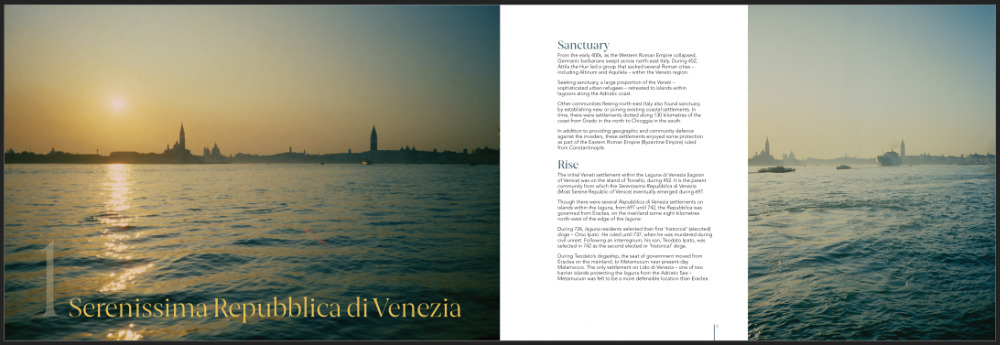
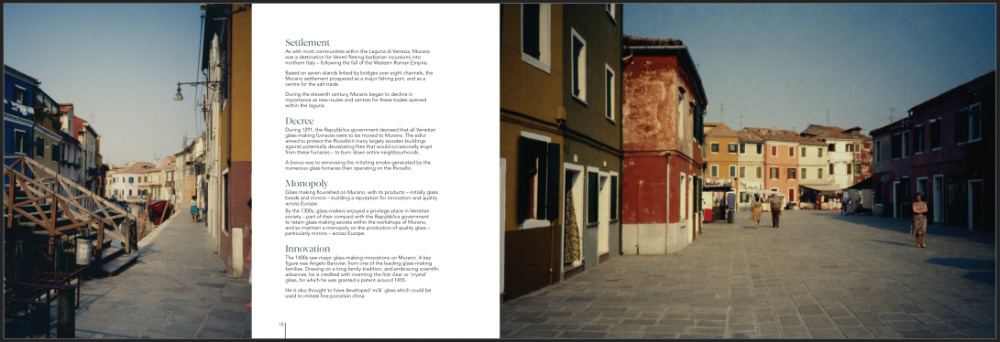
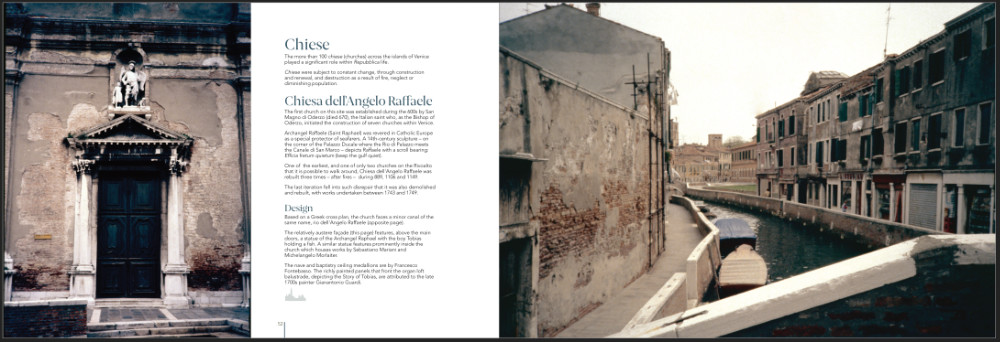
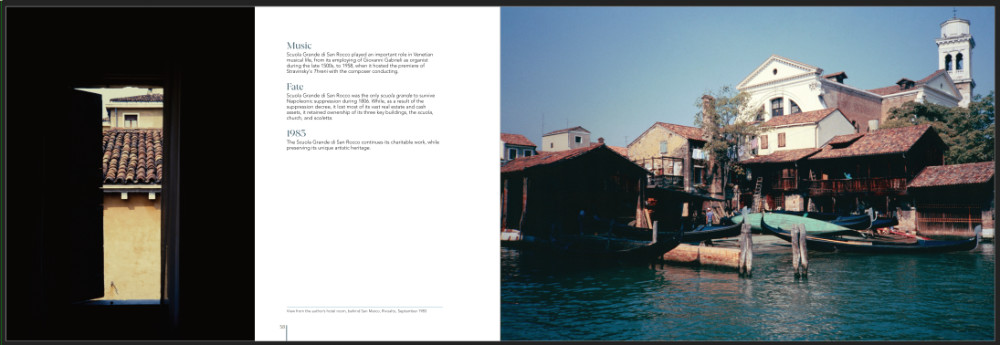
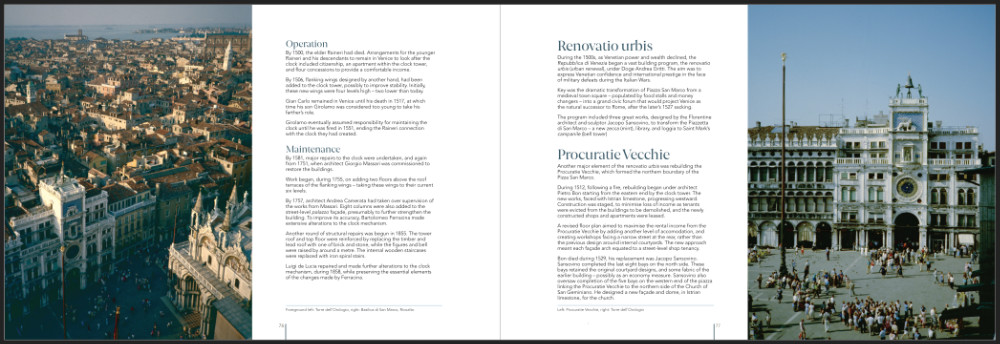
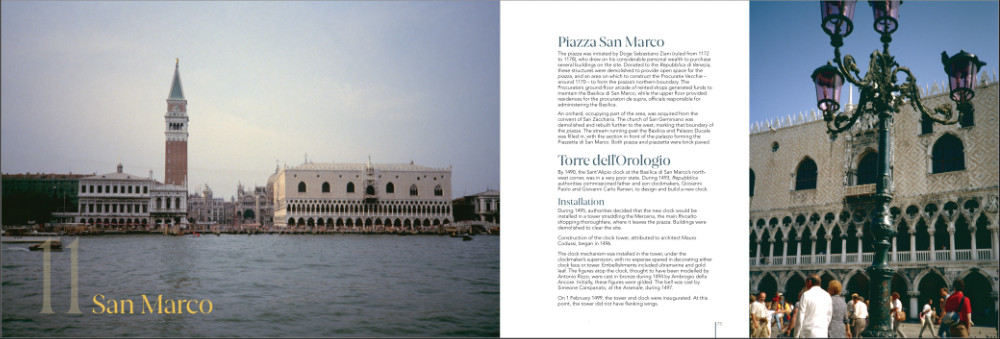
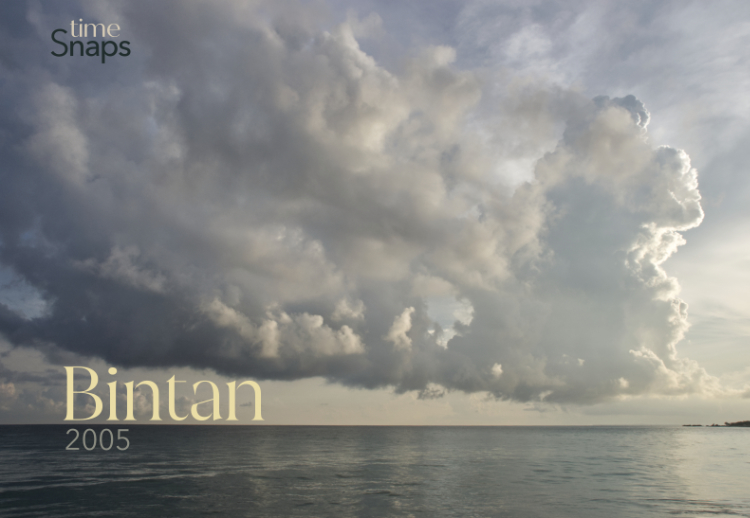
Bintan 2005 was the initial topic around which the timeSnaps series concept was formulated. Drawing on early digital photos from the image archive – photos taken on the island between the 5th and 12th of November 2005 using a prosumer quality single-lens-reflex system – to validate the practicality of the timeSnaps concept. Title development involved extensive photo selection work, an extended edit, and detailed picture assembly. A preliminary book layout was formulated. Curated groups of photos were then inserted into that layout. Reviewing the draft layout confirmed the timeSnaps titles concept as viable. Further, this development work showed that the timeSnaps concept could be applied to numerous groups of images from the archive – to groups ‘illustrating’ a specific geographic area, taken within a relatively short time frame, and able to generate interest.
A particular revelation was how readily images from the 1983 around-the-world trip slide archive might translate into timeSnaps titles. Further experimentation with the coloured slide photos taken in Venice demonstrated the potential of the timeSnaps concept. As a result, the first timeSnaps title to be published was Venice 1983.
Work continues on Bintan 2005. It is planned as the second title for publication under the timeSnaps series – with a release date planned for late 2023 or early 2024.
The timeSnaps series pipeline is based on a return to the 1983 around-the-world trip slide archive from which four more target titles have been identified. Only very preliminary work has been undertaken on these potential series titles. Paris 1983 and Washington 1983 are expected to be the next two offerings in the timeSnaps series, with publications dates during 2024 – at the earliest.
